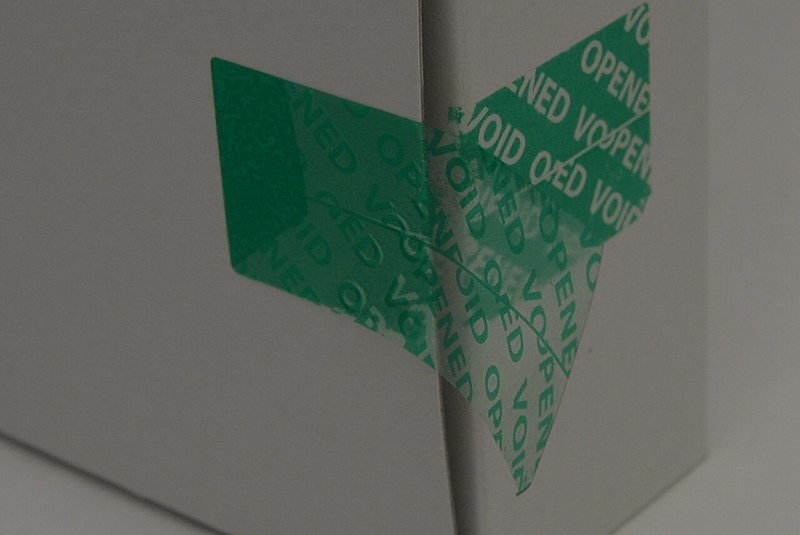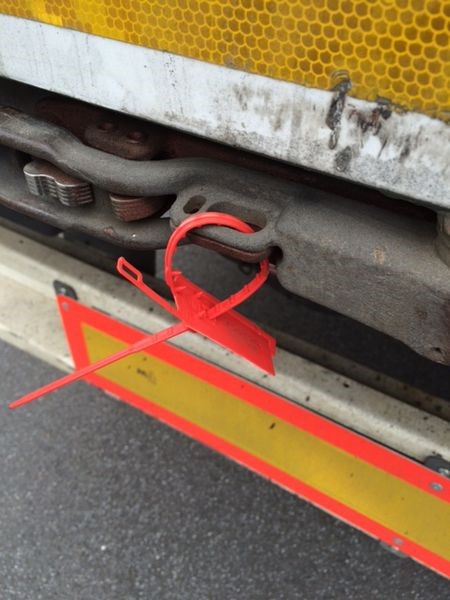Security for the supply chain requires good management, maintenance and the proper application of the process. The security procedures in a supply chain include using security seals that can be tracked and can show signs of tampering. The process works effectively when cargo is entered into a security programme that monitors the seals in order to avoid the risk of theft, interference and the loss of data. As a result, there are a few tips that should be taken into account when it involves cargo protection.

Image Credit
Procurement
Suitable security seals should be chosen based on the security practices that are already in place. This should focus on the value of the materials that are being shipped, the kinds of seal applications needed, depending on whether it is high volume or large cargo, and the environmental factors – namely storage unit temperature and cargo weight. In addition, companies can customise their seal colours to define a certain department or product.
Installation and Storage
Once the seals arrive, it is important to take a close look at them to make sure they have not been tampered with during the supply chain process. The seals should then be stored in a safe area that can only be accessed by approved employees, as well as tracked using a serial or a barcode number. More information about security seals or customs seals can be found at the HM Revenue & Customs website.

Inspection
Prior to applying a seal, a visual examination of the seal and the locking device needs to be done. Businesses can click here to see examples of security seals. In order to certify that the seal has been fitted properly, the seal should be pulled apart gently to ensure that the locking mechanism works. This procedure will certify that the materials are ready to be delivered securely.
Removal
After the cargo has reached its destination, the security seal needs to be inspected for any suspicious marks or tampering. Any inconsistencies could mean that there was an attempt to break into or steal the goods, which needs to be reported and recorded.
Disposal
All security seals need to be destroyed after they have been utilised to prevent the possibility of fraud. A few ways of destroying the seals include crushing and cutting to make sure they cannot be used again.

